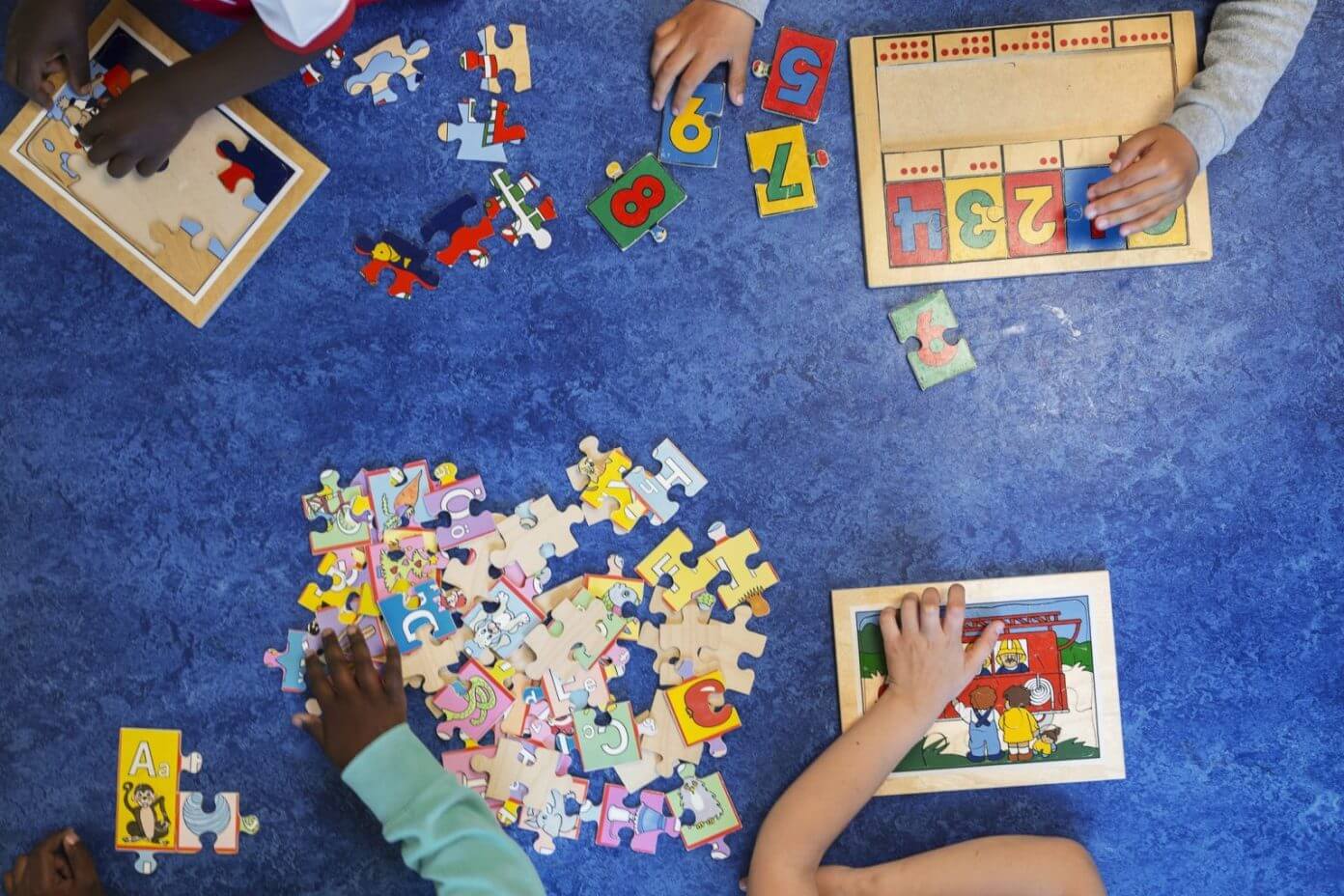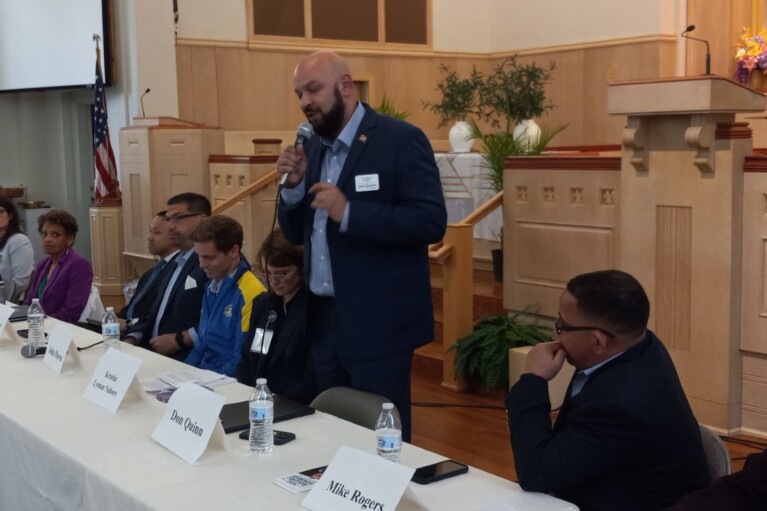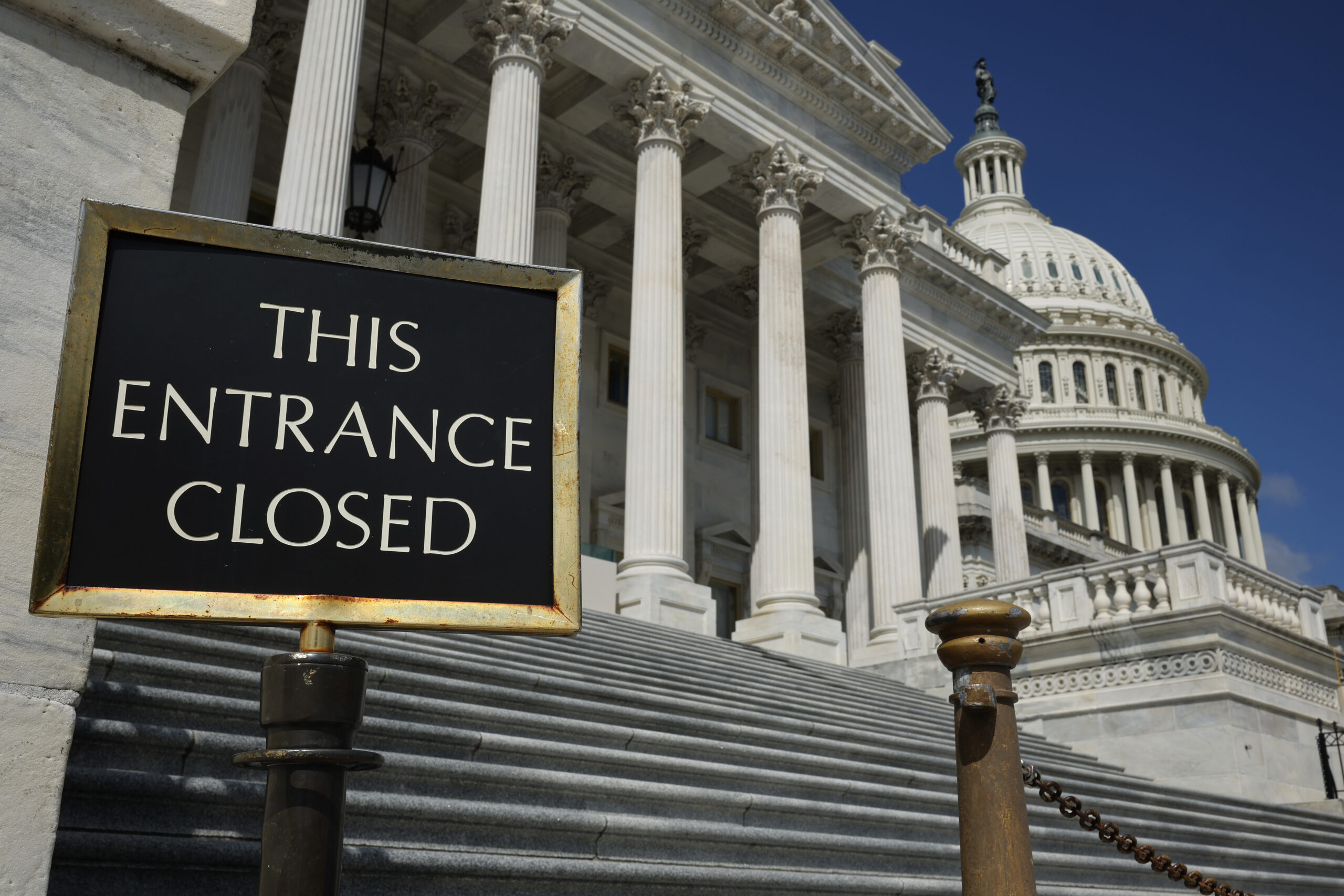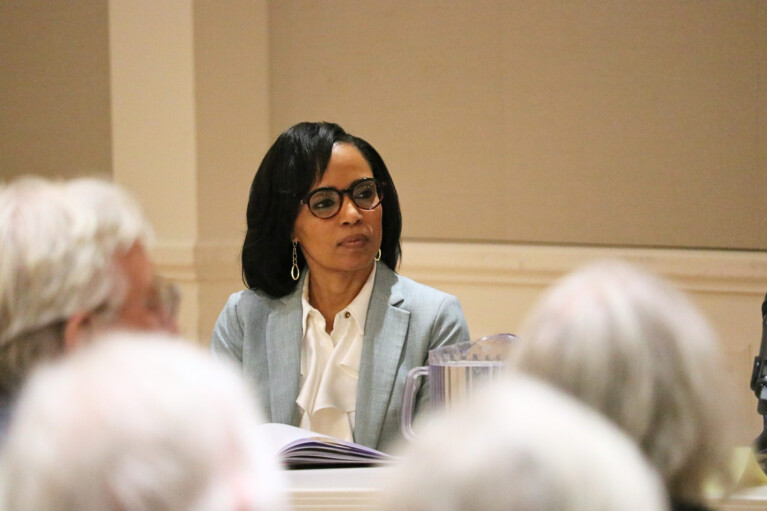Struggling Child Care Centers Need ‘More Support Systems,’ Lawmakers Told

Maryland’s child care providers are struggling to stay afloat, suffering significant losses in revenue due to closures forced by the COVID-19 pandemic, members of the General Assembly were told this week.
When Maryland entered stage 2 of Gov. Lawrence J. Hogan Jr.’s Roadmap to Recovery, all child care providers were permitted to reopen — with restrictions — and all parents were allowed to access child care.
As of June 17, 61% of Maryland’s child care programs have been operating within the capacity limit of 15 people per room. In March, after Hogan declared a state of emergency, only 29% of child care programs were open — exclusively for children of essential workers.
State Superintendent of Schools Karen B. Salmon told three legislative committees Monday that an average of 50 child care programs are reopening every day. However, advocates are worried that many providers are still struggling to reopen.
The virtual hearing was held Monday but due to technical difficulties was not broadcast live and a recording of the session was not available for viewing until Tuesday.
About half of child care providers say they will have to permanently close if they do not receive any financial support, according to the Maryland Family Network. Seventy-two percent of programs expressed that they needed grants to help with fixed costs such as rent to reopen.
Two things need to be done simultaneously: protecting children’s health as well as sustaining child care providers, Laura Weeldreyer, the executive director of the Maryland Family Network, said. It is like a double-edged sword.
“It cannot be an either/or, it has to be a both/and,” Weeldreyer said.
In May 2020, the Maryland State Department of Education released Maryland’s Recovery Plan for Child Care, a guide for child care programs to use during their reopening process.
“The plan is not meant to be a finished document,” Salmon said. “It is a living guide that must evolve as new information becomes available.” The plan is currently being revised by a workgroup of early childhood stakeholders, Salmon said.
However, Del. Ben Barnes (D-Prince George’s) asserted that child care providers needed a more detailed plan from the state. He also asked what the state was going to do to prevent a wave of child care facilities closing due to their dramatic losses in revenue.
So far, the state has used $85 million from the federal CARES Act and Child Care Development Fund to pay for child care for essential personnel. $2,000 grants were also paid to child care providers that served essential workers.
As more child care centers reopen, every provider will receive $800 or $1,600 grants for cleaning, sanitizing and personal protective equipment, Salmon said.
Still, legislators are concerned about the financial support that child care centers need to reopen. Many are operating at a much lower capacity than before the pandemic and running at razor-thin margins is unsustainable, said Sen. Sarah K. Elfreth (D-Anne Arundel).
“Cleaning subsidies are nice, but I don’t think they are keeping any child care facilities open,” Barnes said.
Montgomery County recently passed a $10 million appropriation for emergency support for child care centers. The top priority is financial support, Del. Jared Solomon (D-Montgomery) said.
Although there are state grants available for extra cleaning costs, child care centers have been scrambling for PPE, Elfreth said.
Aletheia McCaskill, a vice president of the Service Employees International Union Local 500, said that she has been getting donations of cleaning supplies from restaurants all across Maryland for child care providers to use.
It would be helpful if the state could directly deliver PPE to child care providers, Elfreth said.
Eighty percent of child care providers were not taking advantage of unemployment insurance provided under the CARES Act and Payment Protection Program, according to the Maryland Family Network. This may be because these providers were not traditionally eligible for unemployment insurance, and so were not aware that they could apply under the CARES Act.
“There needs to be more support systems in helping providers maneuver through the available grants and making sure that there is some leniency and flexibility as to what we need to have to successfully obtain those grants and unemployment insurance,” McCaskill said.




 Creative Commons Attribution
Creative Commons Attribution